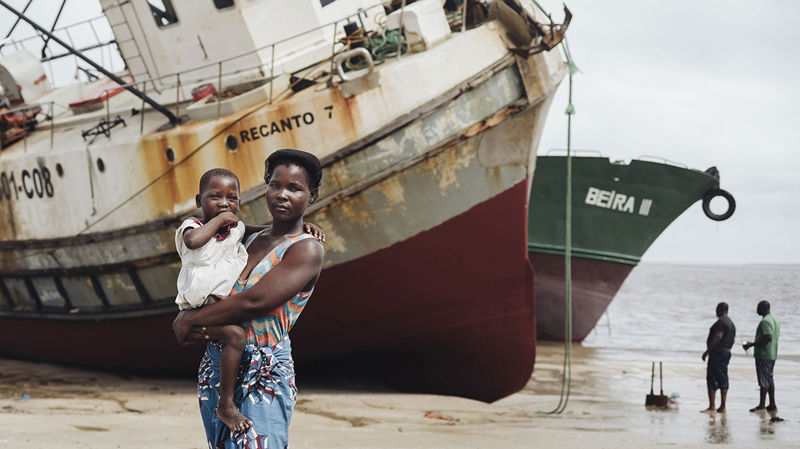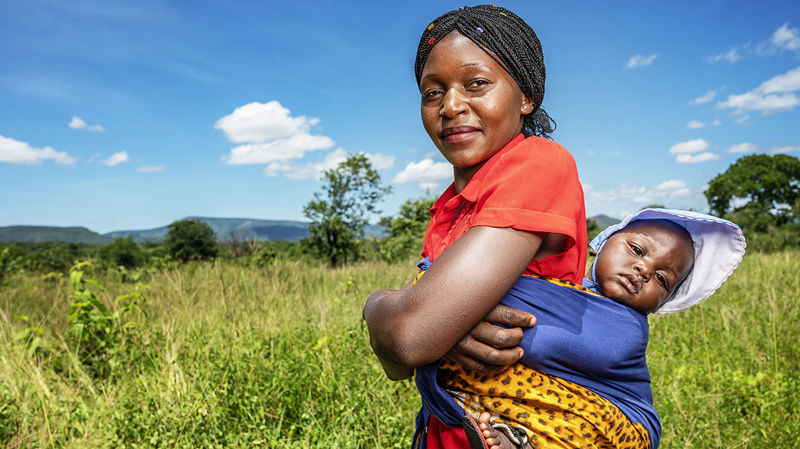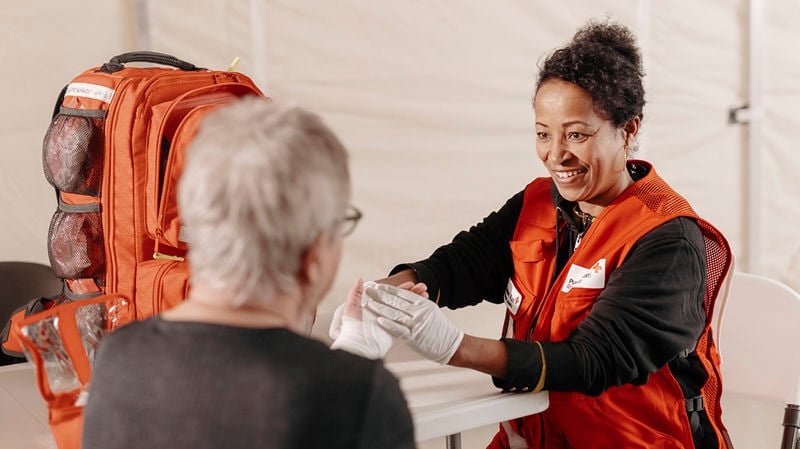Drought

Droughts have become more frequent and longer due to climate change. A prolonged drought can turn into a disaster.
A drought is an extended period of little to no rain, which can at worst lead to desertification. Droughts are a recurring natural phenomenon, but due to climate change, they have become more frequent and longer.
Drought is an insidious phenomenon, as it progresses slowly but destructively. People can usually cope with a few crop losses by tapping into stored resources and exchange networks.
A drought becomes a disaster when people have exhausted their savings, food stocks and other means of survival. The loss of crops in the aftermath of drought leads to food insecurity, malnutrition, hunger, disease outbreaks and human displacement.
During droughts, communities will compete with each other for resources, such as water, food and farmland. At worst, shortages can lead to violence and conflicts.
Desertification starts when the soil dries out and deteriorates to the point where it becomes unfit for cultivation. As a result of excessively intensive agriculture, overgrazing and deforestation, the soil loses its ability to recover after periods of drought. When the rains come, the degraded and dry earth cannot absorb water as before, causing heavy rains to lead to floods.
The Red Cross carries out prevention work and helps prepare for drought
The Red Cross helps communities prepare for drought periods:
- by supporting the collection and monitoring of weather data to enable communities to prepare for impending droughts by means of rainfall indicators, for example
- by promoting climate-resilient agriculture, e.g. through new varieties of plants resistant to heat
- by distributing drought-resistant seeds, fertilisers and tools
- by establishing irrigation systems and water points, building drinking places for animals and enhancing rainwater collection
- by diversifying sources of income and supporting vocational education and training, helping people to earn a living when drought impacts crops.
The Red Cross helps those affected by drought
The Red Cross helps in times of drought:
- by distributing food and clean drinking water
- by providing basic health care and treatment during disease outbreaks
- by supporting the community's livelihoods after receiving emergency aid in order to overcome the times of drought.

Humanitarian aid

Development cooperation

Donate
